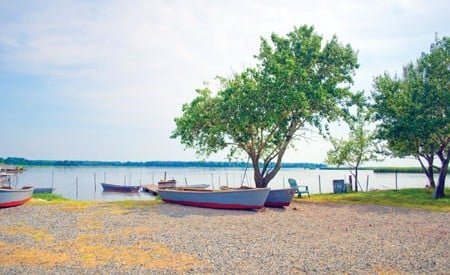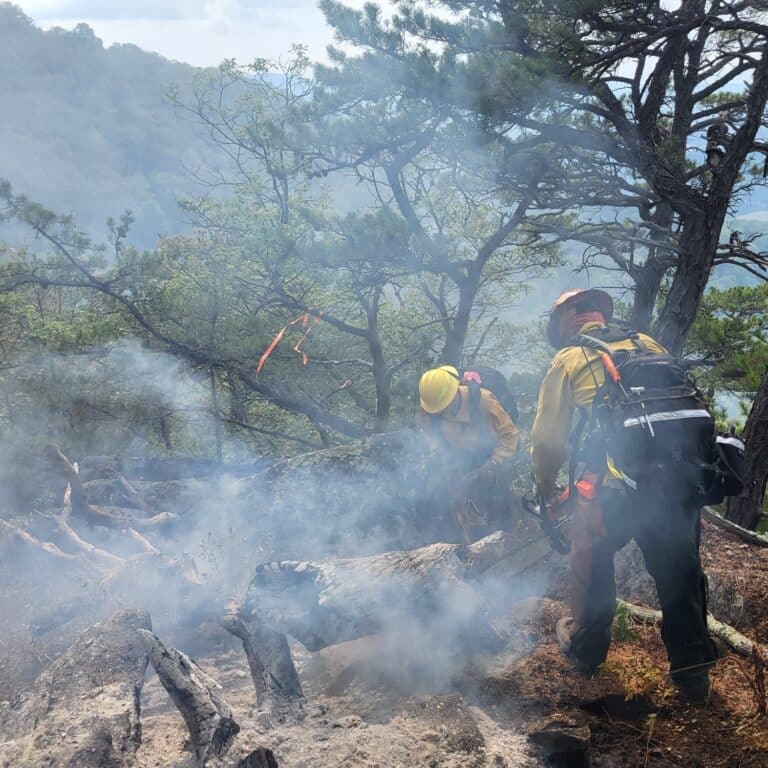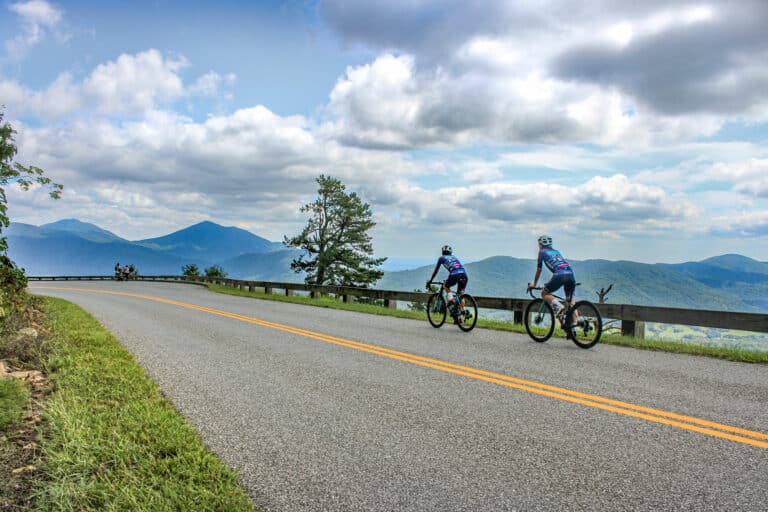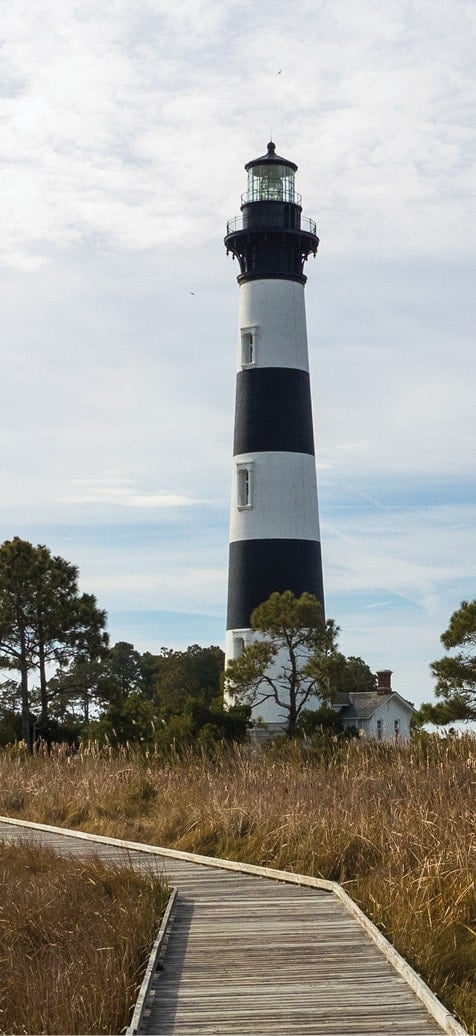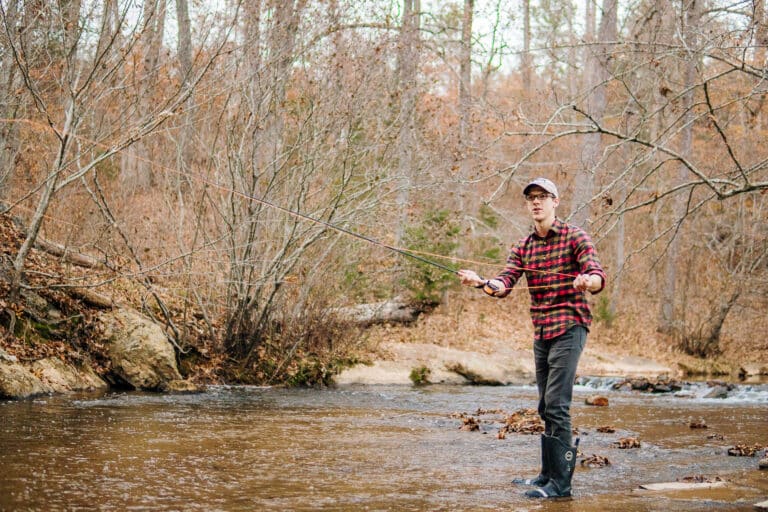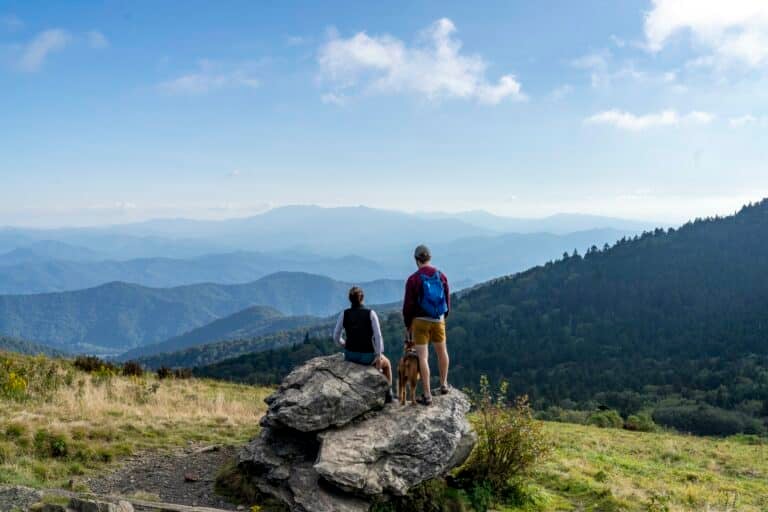My friend Roland and I often lament that we live on opposite coasts. We both have the kind of rare jobs that let us set our own hours (I’m a freelance journalist, he runs a tech company), so we share the luxury of being able to travel in the middle of the week while most other grownups are confined to cubicles. So when Roland called me up one Tuesday night saying he was in town and in need of an adventure, I knew a spur-of-the-moment road trip was in order. We spent a few minutes weighing the standard options within a 100-mile radius: hike White Oak Canyon/Cedar Run? drive out to Blue Hole for a swim? rent out kayaks on Lake Anna? And then it came to me.
“We could pick one of the random islands of the Chesapeake and try to get to it?” I phrased it as a question, not entirely sure the suggestion was worthy of practical consideration. But he was immediately on board. I dragged around Google Maps, marveling at the tiny specks of land I never knew existed. We eventually settled on Solomons Island. He recalled the area since many years ago, his parents, both biologists, worked on a boat off its coast.
The next morning greeted us with 78-degree sunshine and clear blue skies. We headed east in Roland’s black Volkswagen Jetta, and in two short hours, we made it to the southern tip of the Calvert Peninsula on Maryland’s Western Shore. There, where the Patuxent River unites with the Chesapeake Bay, lies Solomons Island.
We parked by the boardwalk and walked around, acquainting ourselves with the historic fishing village. We passed through a marina and saw a couple of boats that hailed from the same place we did, D.C. In the boatyard, two men were making repairs on an impressive sailboat. Wandering down the riverwalk, we came across a little hut with a sign saying “Solomons Boat Rental.” Upon closer inspection, the shop was closed, but another sign had a number to call if no one was around. The office only had a few powerboats available. Since I had never driven a powerboat in my life before, we decided to go for it. We had the owner meet us in a couple hours so we had a bit more time to explore the island.
We couldn’t visit Maryland without eating crabs, so we looked for a place serving up genuine Chesapeake crab cakes. Unfortunately, most restaurants were closed. We finally came to a little retail strip home to the CD Café. It was open and full of locals; plus, the name was too good to pass up. Only after we were seated did we realize the menu was devoid of crab dishes. Our mission was a failure. When our server recited the day’s specials, though, a crab cake sandwich answered our prayers. It smelled amazing coming out of the kitchen. The gently pan-fried cake was bursting with sweet lump meat – no pesky additives to interfere with the fresh, succulent crab.
After lunch, we headed back to the boat rental office and took out a 19-foot bow rider. We set off up the Patuxent, with practically the entire river to ourselves. I took the wheel and gave driving a try. Breathing in the delicious air, I was exhilarated by the feeling of speed on the water. As we headed north, we stumbled upon several tiny coves and creeks concealed by the picturesque landscape. Each one was more peaceful than the last. Surrounded by lush greenery, we passed by the appropriately named Greenwell State Park on the left. It was so beautiful out there, so quiet, so incredibly scenic, I couldn’t believe we were just 60 miles from the nation’s capital. I realized that in about the same amount of travel time from D.C., I could be exploring any number of islands hidden within the great expanse of the Chesapeake.
A couple months after my Solomons excursion, I enlisted another friend on a mission to discover the wetland island of Eastern Neck National Wildlife Refuge. And a couple months after that, I vowed to learn about and eventually visit the many other treasures the bay has been keeping secret all this time.
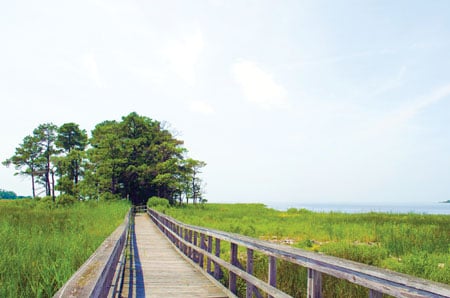
Eastern Neck National Wildlife Refuge
Eastern Neck is a 2,285-acre island enjoying federal protection as part of the Chesapeake’s vast complex of national marshlands. The refuge is a birder’s paradise, providing habitat to dozens of species, including bald eagles, tundra swans, hawks, and various songbirds and waterfowl. Cradled by the converging waters of the Chester River and the Chesapeake Bay, its system of tidal marshes, upland forests, freshwater ponds, grasslands, and carefully managed croplands attract over 100,000 migratory and wintering birds seeking sustenance and sanctuary.
Several hiking trails make it easy to explore this peaceful island on foot. Although swimming is not officially permitted in surrounding waters, passersby will likely encounter a few rule-breakers. Those who visit with boats in tow, however, can launch their kayaks or canoes from Bogles Wharf Landing, off the eastern edge of the refuge. Kayakers who’d rather rent can do so near the park’s entrance at the outfitter Eastern Neck Boat Rentals – just remember to bring cash, since this tiny shack of an operation does not accept credit cards or checks. The refuge itself also periodically hosts group kayaking nights for boat owners with a love of moonlight paddling.
Solomons Island
Far less desolate than Eastern Neck, Solomons has a number of attractions in town, including waterside concerts, the Calvert Marine Museum, the Annmarie Sculpture Garden and Arts Center, the Harbor Island Marina, a few great seafood houses, and even a tiki bar (cleverly named Tiki Bar). By land, get your juices flowing with a self-guided bike tour of the island. By water, the Patuxent Adventure Center rents out (and sells) SUP boards in addition to leading kayaking expeditions that introduce tourists to the local marine life.
St. George Island
Although I may be biased by my own introduction to the island, I would say the best way to experience St. George is by sleeping on its shores, under the stars, with the waves gently lapping nearby.
Private campgrounds on the beaches of St. George Island, where the Potomac River flows into the bay, include the family-owned Camp Merryelande and Far East Beach. The latter site has kayaks and canoes that campers can rent. In addition to swimming and kayaking, many visitors also catch their own lunch or dinner – either right off the beach or at one of the nearby fishing piers.
Smith Island
The ferry to Smith Island leaves twice daily, at 12:30pm and 5:00pm, from the nearby town of Crisfield (adjacent to Janes Island State Park – itself worth a visit for its secluded beaches and saltmarsh water trails). Kayaks can be taken on the passenger ferry for a small additional fee.
The heart of America’s soft shell crab industry, Smith Island is part of a remote archipelago of arteries that pump life into the seafood economy up the coast. During warm months, visitors can watch the crabbing and crab picking in action. The Smith Island Crabmeat Co-op invites curious tourists to watch the picking process, either via an observation window, or up-close inside for $3 (crabmeat samples included).
After feasting on soft shell crabs or crab cakes at one of the island’s restaurants or seafood markets, be sure to try a slice of Smith’s signature dessert, Smith Island Cake – 8 to 15 layers of yellow cake divided by sheets of icing, cream, and/or crushed candy bars and iced with a cooked chocolate fudge frosting.
Tangier Island
Tangier Island, population 727, is so isolated that its people have their own distinct dialect. Encircled by Virginia’s portion of the bay, the island was founded in the late 1600s by Cornish settlers with their Elizabethan parlance. Over the centuries, this has combined with islander mannerisms to create the unique island accent.
Most families on Tangier rely on crabbing and fishing for their livelihoods. Watermen wake up at 3am to begin harvesting soft shell crabs or oysters. The fruits of their labor can be unpredictable; last year’s erratic weather yielded a crab surplus in the spring, and then a crab shortage in the summer. Visitors can get a taste of what it’s like to be a Chesapeake waterman by riding with a local captain for a crabbing tour of Tangier. In addition to crabbing tours, the bed and breakfast Hilda Crockett’s Chesapeake House offers eco-tours, birding trips and sunset boat excursions.
Watts Island
There is something astoundingly romantic to me about the notion of a deserted island. An uninhabited land practically right in my backyard, just a couple hours outside a city swarming with four million people. The tiny island of Watts can be visited on a day trip from Tangier via kayak or canoe (or other small boat), as it lies just a few miles east of the larger landmass. Few settings in this world can make us feel like explorers, wandering and discovering a strange and unknown place. Watts is one of them.
